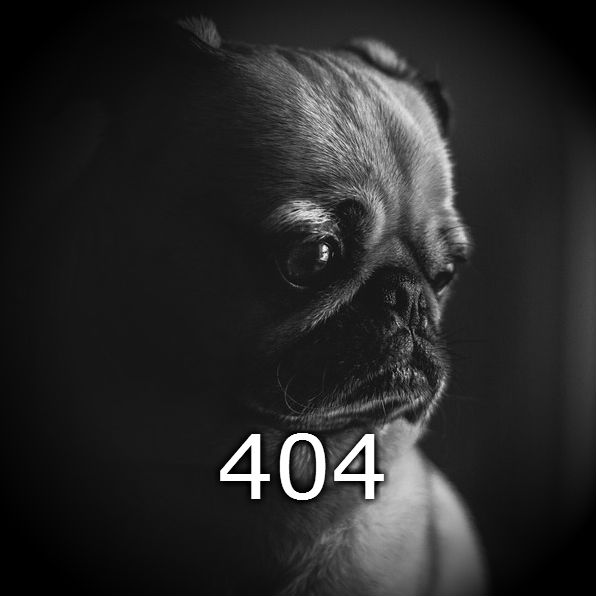Ostriches, minotaurs, ghosts and fossils in the brave new metadata world
Linked data promises to make library metadata more accessible and powerful. The clearly-defined URIs of linked data will form chains that lead to new connections and insights. But is there a flip side to such sharply-delineated data? Real life is messy and natural language doesn’t come with precise definitions. How will catalogers work in an environment that seems to require black-and white conclusions? What happens when you only have incomplete information and it’s impossible or impractical to obtain the missing details. Sometimes the information you find is contradictory with no clear resolution. Some things fit neatly into categories and some things don’t. Some questions don’t have objective, factual answers. Sometimes you don’t have the expertise to identify the answer. Sometimes user needs are in tension. Of course, these problems confront catalogers now, but they will become more prominent and problematic as we rely more on machine-actionable metadata. Are there things that we might lose in the transition to linked data? How much will we be able to infer from converted data? What about the things that RDF isn’t so good at, such as grouping and ordering metadata statements? This presentation will look at some challenges for cataloging in a linked data environment and discuss some possible approaches to handling them.
